The Three Fundamental Forces of Geopolitics
The Integrity Project
Power in the 21st century is no longer confined to ships and boots on the ground. Increasingly, it tweets, trolls, and manipulates. As the line between truth and fiction continues to blur in the digital age, misinformation and disinformation have emerged as potent weapons in their own right in the geopolitical arsenal—a destructive force that never needs to eat, sleep, or reload, silently bypassing borders and fences to target our hearts and minds.
Traditionally the power of a nation has been exercised with the use of physical force, so-called “hard power,” or influence, also known as “soft power.” Hard power is visible and direct—sanctions, missiles, military invasions. When the U.S. scrambles fighter jets or North Korea test fires an ICBM, that’s hard power being displayed. Soft power, a term first coined by Harvard professor Joseph Nye, is a subtler force. It relies on attraction and legitimacy. American pop culture, business and trade, and the allure of democratic ideals have long been vehicles for exercising soft power—indirect persuasion, not direct pressure.
In today’s fractured information landscape, these traditional tools are being outflanked by something more elusive and insidious: sharp power—strategic manipulation designed to deceive and destabilize.
The Rise of Sharp Power
Sharp power, first defined in 2017 by the National Endowment for Democracy, exploits the foundational tools of democracies—pluralistic culture, freedoms of press and speech, and digital connectivity. It doesn’t compel or captivate; it confuses. It doesn’t build trust; it erodes it. Its insidiousness is owed to its ability to fly under the radar, sewing discord and doubt. And it’s thriving.
Technology is at the heart of this shift. Social media algorithms reward sensationalism, not accuracy. AI can now generate incredibly realistic images, video, and voices. In fact, in 2024 OpenAI reported it caught groups from Russia, Iran, China, and Israel attempting to impact political discourse utilizing their platform. A technology in its infancy less than three years ago is having a massive impact on geopolitics, and countries are scrambling to respond.
Meanwhile, the very platforms that promised to democratize information have become the vehicle for its distortion. #Meta, #X, #TikTok, and #YouTube have all been caught in the crosshairs—accused of either enabling or failing to curb state-sponsored manipulation.
A Global Effort
In response, various legislative and regulatory measures have been implemented to attempt to address these challenges. Germany’s “NetzDG” law for example, enacted in 2017, was one of the first of its kind to force social media platforms to swiftly remove “obviously illegal” content (e.g., hate speech, incitement to violence) within 24 hours of notice. It was a direct response to concerns that foreign actors—particularly Russian trolls and bots—were using social media to polarize and manipulate German public discourse.
In the EU, the response was the adoption of the Digital Services Act (DSA), a comprehensive regulation that establishes a legal framework for managing online content, including illegal content and disinformation. Under the DSA, platforms with over 45 million monthly European users—like Meta, TikTok, and Twitter—are required to actively combat disinformation and other “harmful content. Non-compliance can result in fines up to 6% of their company’s global income generation.
Critics have argued the DSA, as written, is too vague in its definitions of “misinformation” and “hate speech” and could lead to widespread censorship. This imprecision makes it difficult to distinguish between harmful foreign interference and legitimate dissent or minority viewpoints. In the context of sharp power, where bad actors thrive on exploiting gray areas, such ambiguity risks both under-enforcement (allowing sharp power to persist) and over-enforcement (chilling free expression or dissent).
In the United States, the Cybersecurity and Infrastructure Security Agency (CISA), as well as various other programs and task forces in agencies like DHS and at the State Department, were tasked with monitoring and responding to foreign disinformation efforts, especially around elections. They formed partnerships with social media companies to help in these efforts, identifying coordinated influence campaigns—primarily from Russia, China, and Iran—that sought to erode trust in democratic institutions.
As with the DSA, critics argued that efforts to combat foreign disinformation could bleed into domestic political censorship, citing examples where content was flagged as “disinformation”, but turned out to reflect a legitimate concern or simply a dissenting view. The efforts also ran into First Amendment constraints, which made it challenging for the government to direct private platforms in content moderation efforts and resulted often in opaque and unofficial partnerships with platforms that raised transparency concerns.
The Battle for Reality
For liberal democracies, the rise of sharp power presents a troubling paradox that is hard to address. The very hard power and cultural prestige that has seen so many rise to global dominance is now what makes them especially vulnerable to manipulation via sharp power. The solution so far has been multi-pronged: invest in media literacy, regulate opaque algorithmic “black boxes,” bolster cybersecurity, and increase transparency whenever possible. The balance these require is ensuring the democratic norms that distinguish open societies from authoritarian ones remain intact.
In a world where power is increasingly exercised through pixels and not projectiles, the battlefield has moved from land and sea to cyberspace. And it’s a battle no longer for just territory; the very nature of truth itself is at stake. The future of global influence will not be decided any longer on who has the biggest guns or the richest culture, but who controls the narrative. In this new contest, he who controls the narrative will control which version of reality prevails.
ADDITIONAL COVERAGE OF HARD, SOFT AND SHARP POWER
ADDITIONAL NEWS FROM THE INTEGRITY PROJECT




